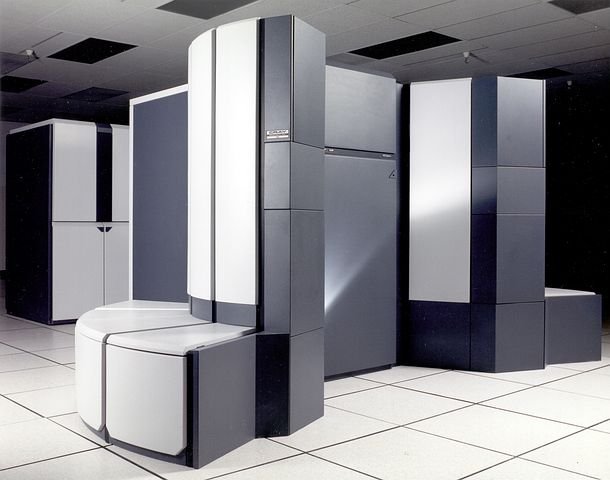The Post K computer, a next-generation supercomputer tasked with solving some of the world’s most pressing problems, is being developed by Japan’s RIKEN Center for Computational Science.

In June 2011, Japan’s K computer became the world’s fastest supercomputer, achieving a speed of over 8 petaflops — or 8 quadrillion (8 million billion) operations a second. In November the same year, the K computer — a play on the Japanese word kei (京), which means 10 quadrillion — attained speeds exceeding 10 petaflops, and in 2012 started full-scale operation. It has since been used to solve problems from estimating damage by earthquakes and tsunamis to discovering new drugs.
Led by the RIKEN Center for Computational Science (R-CCS) in partnership with Fujitsu, the Flagship 2020 Project was launched by the Japanese government in 2014. It was tasked with developing the Post K computer, a next-generation supercomputer that will boast as much as 100 times the performance of its predecessor.
“With the Post K computer, we’re aiming to boost computing capabilities by orders of magnitude,” explains Satoshi Matsuoka, the director of the R-CCS and Japan’s foremost authority on supercomputers. “We’re also striving to provide enhanced ease of use and synergy with other information technology ecosystems, such as big data and artificial intelligence.”
Japan’s flagship centre for high-performance computing and the developer of the K computer, R-CCS is one of the world’s leading research centres for supercomputers, which have become essential tools in modern scientific research.
Matsuoka sees the future direction for high-performance computing research at R-CCS as “the science of computing — computing itself as a scientific target of investigation; science by computing, focused on applications that use the high-performance capabilities of supercomputers; and science for computing, to explore how other scientific disciplines can contribute to the development of advanced supercomputers.”
Scheduled to begin full operation in 2021, the Post K computer will tackle priority areas across a range of social and scientific fields.
Comprising hundreds of thousands of central processing units — electronic circuits that perform the instructions encoded in computer programs — that work in parallel to execute hundreds of quadrillion calculations a second, the Post K computer will also be more energy efficient, with advanced software that will allow a wide range of users to access its capabilities.
“This will allow us to address a broader range of problems by using the Post K computer in new and innovative ways,” says Matsuoka. “We see the Post K computer becoming an essential tool for solving problems in the areas of bioscience, disaster preparedness, energy security, environmental issues and manufacturing.”
This article was first published by Springer Nature. Read the original article at https://www.nature.com/articles/d42473-018-00133-w.
To read more of my writings check out my website at https://gluons2galaxies.com.